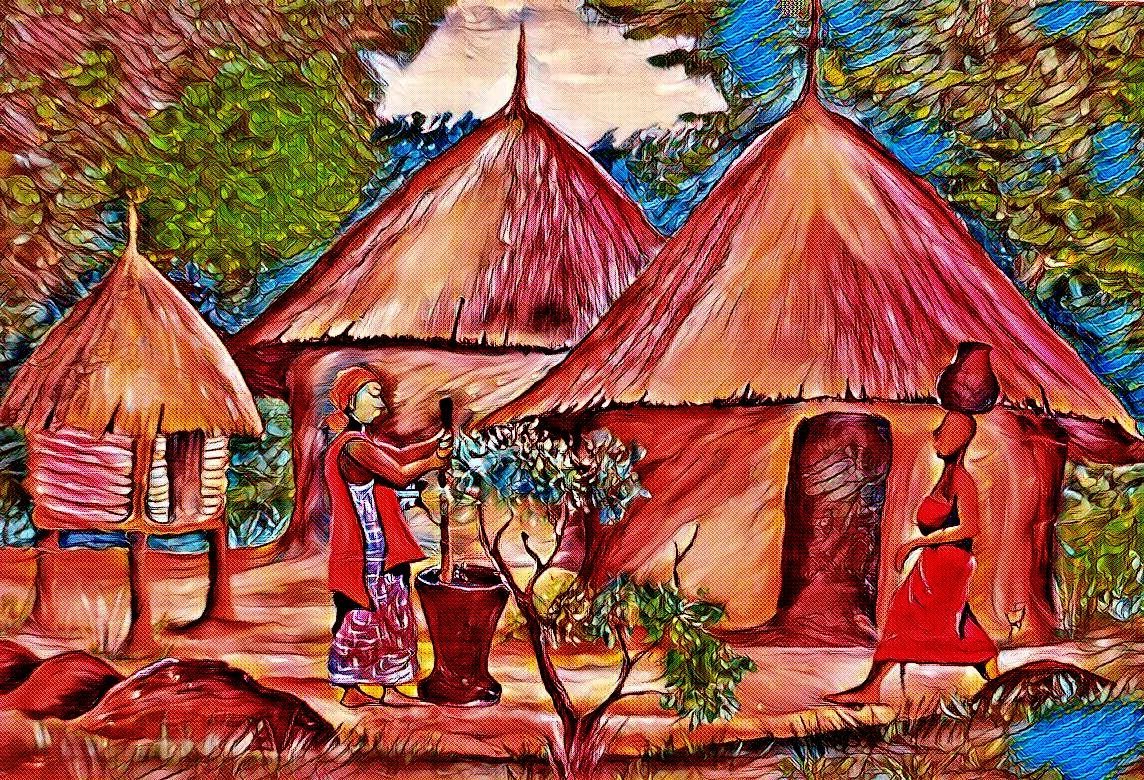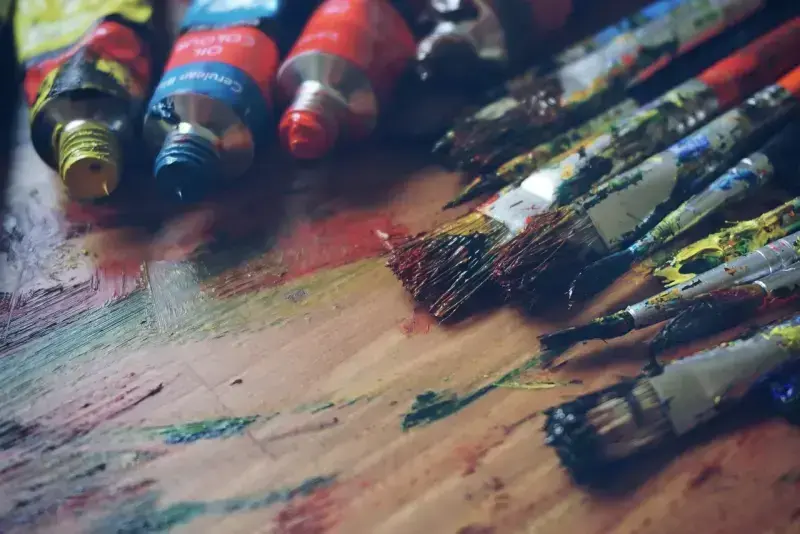
Watercolour Paint for Professionals
Watercolour Paint for Professionals Why use Watercolour Paint for Professionals? Watercolou...

Name: Patrick Wilson Nationality: Kenyan Artistic Discipline: Realism & Abstract Expressionism Preferred Media: Watercolour, Acrylic, Oil Paint Experience: Lifelong (Inborn Talent, Self-Taught Practice, Professional Development)
From the heart of Kenya, Patrick Wilson has emerged as a compelling figure in both realistic and abstract visual art, bringing a uniquely East African sensibility to contemporary painting. A born creative, Wilson's journey began not in formal institutions, but in the quiet, instinctual exploration of brush, pigment, and emotion—a story of inborn talent unfolding against the rich backdrop of African visual storytelling.
His dual commitment to hyper-realistic detail and symbolic abstraction allows him to transcend conventional categorizations. His work is both technical and emotional, a dialogue between what is seen and what is felt.
Patrick Wilson’s artistic oeuvre balances realism’s precision with the lyrical freedom of abstraction. His realism work—whether portraiture, wildlife, or landscape—reveals a remarkable command of anatomy, light, and texture. These pieces reflect meticulous attention to the minute: a glistening eye, the textured grain of aged wood, the play of sunlight on brown skin.
On the other end of the spectrum lies his abstract collection: bold compositions of color, form, and intuition. These paintings are internal landscapes, translating emotion, culture, and philosophical inquiry into visceral arrangements of shape and shade.
This versatility has earned him a growing following across both traditional and experimental art circles.
Wilson’s work is defined not just by subject matter, but also by mastery of three distinct painting media:
Watercolour: His watercolours exhibit lightness and grace, often used for expressive landscapes or minimalist portrait studies.
Acrylic: Acrylic serves as a bridge—allowing him to build vibrant, layered textures at a rapid pace. These are often his preferred medium for abstract works.
Oil Paint: In his realism pieces, Wilson frequently turns to oil for its richness and depth, showcasing skin tones, atmospheric effects, and life-like finishes.
This technical flexibility allows him to switch fluidly between genres and concepts, depending on the message he aims to convey.
As a proud Kenyan artist, Patrick Wilson’s visual vocabulary is heavily influenced by local culture, history, and natural landscapes. From the sweeping savannahs of Maasai Mara to Nairobi’s urban vibrancy, his surroundings seep into his canvas in subtle and overt ways.
He also pays tribute to the oral traditions and decorative symbols of East Africa through his abstract forms—layering contemporary techniques with traditional African aesthetic codes.
“Art is how I speak in many tongues at once—truth, memory, and dream,” says Wilson. “My work is African not just by origin, but by rhythm.”
While Patrick Wilson remains modest about his accolades, his work has begun attracting critical and commercial attention:
Featured in local and regional exhibitions in Nairobi and Mombasa
Selected pieces sold in private collections across Kenya, South Africa, and Europe
Digital art gallery listings on online art platforms and emerging NFT spaces
He is also a regular contributor to community art workshops and youth mentorship programs, nurturing creativity among aspiring Kenyan artists.
Looking forward, Patrick Wilson aims to expand the global reach of his work—connecting African themes to global conversations through fine art. He is currently exploring new forms of storytelling through mixed media, digital collaborations, and art installations.
He envisions a future where Kenyan art takes center stage in the international art market—not just as cultural artifacts, but as leading voices in global art innovation.
Patrick is actively open to:
Commissions (portraits, custom abstracts, mural work)
Exhibitions and galleries
Collaborations with curators, brands, or educational institutions
Art talks, mentorship, and workshops
Contact: [Insert Email/Website] Instagram: [@yourhandle] Gallery Page: [Link to online portfolio]
Patrick Wilson is more than an artist—he is a cultural custodian and a visual storyteller, fusing technique with identity, and imagination with truth. His work stands as a beacon of the creativity rising steadily out of Africa—a reflection of the past, a commentary on the present, and a vision for the future.
Comments